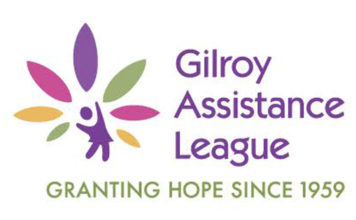Slow growth, the movement that rocked Gilroy’s City Council two years ago with new Mayor Roland Velasco riding the crest of the Measure H vote, is alive and well.
While three of four incumbents in the Nov. 6 election won re-election by solid margins, one is a solid slow-growth ally, and a slow-growth challenger trounced another incumbent. The city election’s top vote-getter, incumbent Marie Blankley, has staked out a position on growth that is on the fence on development issues. There is a possibility of a strong taste for slow-cooking in the Garlic City.
Velasco could find himself presiding over a majority, rather than a minority, in the next two years, improving his chances for re-election in 2020.
Gilroy is unique among its nearby sister cities, Hollister and Morgan Hill, in electing its mayor every four years instead of two. And it now is also unique in electing its City Council members citywide rather than by district, with Morgan Hill this fall joining Hollister as the state’s newest all-district council. The mayors of Hollister and Morgan Hill are the only council members who have a political reason to represent broader, citywide interests, yet they serve two-year terms, with council members serving four years.
Some predict this election may be the swan song for citywide council representation in Gilroy, especially with looming debates over issues with neighborhood impact such as street repairs, law enforcement, homelessness, water, downtown revitalization, commercial growth and the high-speed rail.
This council just might be the most neighborhood-protectionist yet. Gilroy Growing Smarter didn’t even give Blankley a chance for their support because she opposed Measure H, even though she voted against the controversial agri-tourism project in Heartland Estates (then announced that she really supported it). That vote, however, may have secured her enough votes from the slow-growth group’s supporters to add to her support from the Chamber of Commerce and local developers.
She parlayed both ends of that deck into the largest vote total of any Gilroy council candidate—8,869 as of this week’s 98 percent report from the county Board of Elections. That may be short of Velasco’s resounding 12,000 votes in 2016, about the same total as Measure H,, but it signals that Blankley will be a force to be reckoned with in the years ahead if she can continue to keep both ends of her political teeter-totter in play.
Then there is Carole Marques, whose single-minded, single-issue slow-growth campaign garnered nearly as many votes as Blankley. Marques has been effective working at the corners and in the audience; now the former schoolteacher will be forging an awkward alliance in the ring with veterans Velasco and Dion Bracco, himself a former candidate for mayor.
Having staked out a middle ground, Blankley could play a key role as the council’s swing vote on economic development issues in the months ahead.
Connie Rogers, of the Gilroy Historical Society and Gilroy Growing Smarter, told the Dispatch that Marques’ messages resonated—”slow growth and not letting developers push the city of Gilroy around.”
There’s still plenty of in-fill development space within the Measure H limitations for the kind of commercial development Gilroy desperately needs to shore up its public services for an increasingly suburban citizenry. It remains to be seen what impact the prevailing political winds will have on the city’s continuing struggle to define itself.










